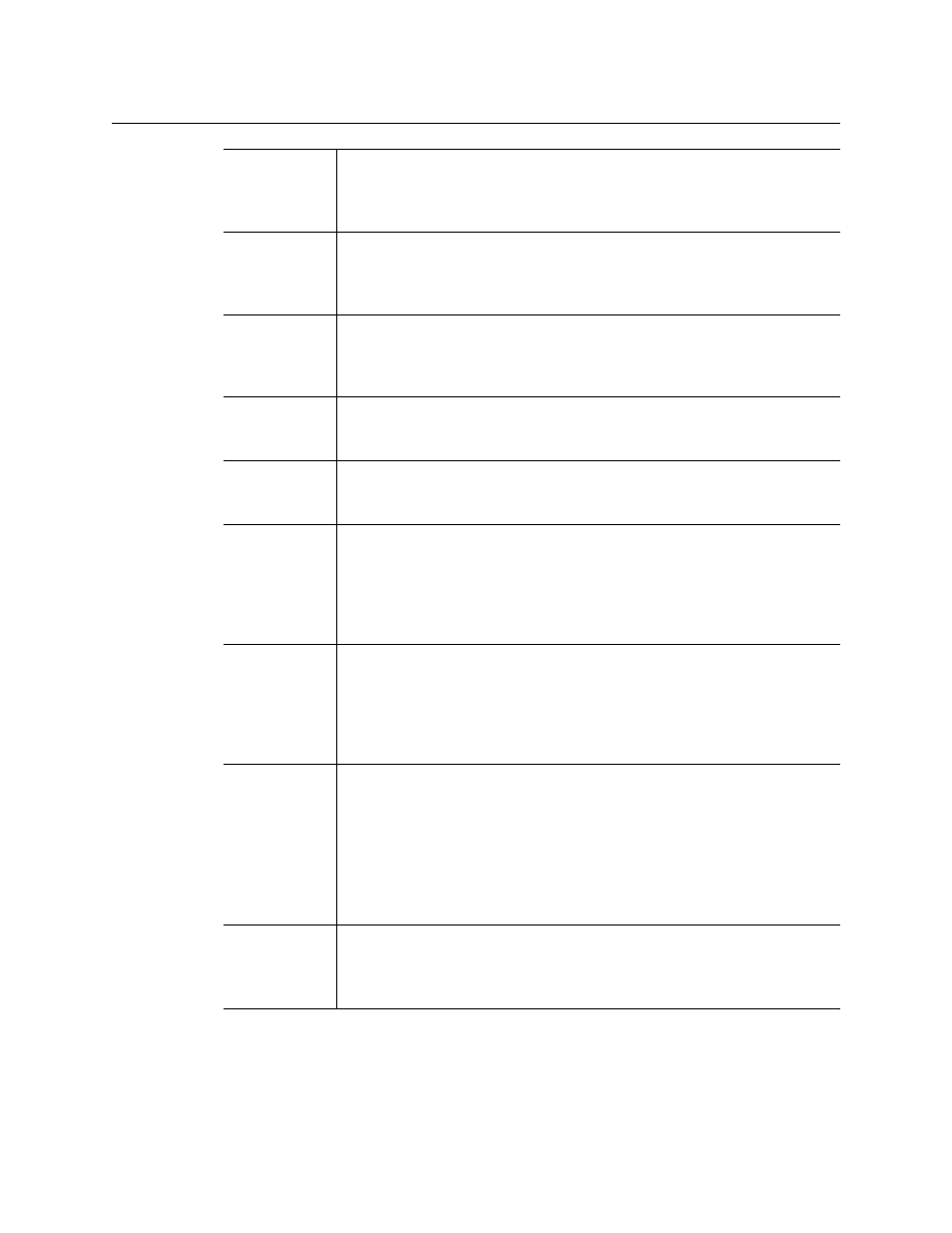Grass Valley Kaleido-X v.7.80 User Manual
Page 38

30
Operation of the Monitor Wall
Key Concepts
Logical source
A logical source (called a channel, in earlier versions of the documentation)
refers to a group of physical audio, video, or metadata sources, and text
attributes. A logical source can be used as a whole, and assigned to a virtual
monitor. See
Video monitor
A video monitor is a layout element used to define an area for displaying a
video signal. Within a video monitor, the video window is the active area
where the video signal is displayed, possibly including closed captions or
teletext. See
Displaying Subtitles and Closed Caption Text
Composite
monitor
A composite monitor (also referred to as a composite, a monitor or a tile) is a
group of primary elements that can be seen as a single object within a layout.
Composite monitors typically include a video window, one or more audio
level meters, and a UMD with two tallies.
Safe area
The safe area is a configurable region inside a video window. The safe area
markers delimit this region (e.g., a 4:3 region inside a 16:9 window).
See
Audio monitor
An audio monitor (also called audio level meter or ALM) is a layout element
that provides a visual representation of sound. See
UMD
An under monitor display (UMD) has a text label that can be static or
dynamically updated by a peripheral device. It can also have left and right
tally indicators. The UMD typically indicates the name of the video source
seen in a video monitor. You can edit static labels directly on the monitor
wall: see
, on page 50, and
Time code
monitor
A time code monitor displays the Ancillary Time Code (ATC) from an HD video
signal, or the time code found in an embedded SDI video signal, part of the
vertical interval of an analog signal (VITC), or other external Linear Time Code
(LTC). This monitor also supports time code information from external
providers. Time code monitors can be used for monitoring the duration of
programs.
Timer
A timer monitor is based on a timer defined within the Kaleido-X system.
Three timer modes are available: (1) UP: timer counts up starting from zero
up to a preset time, (2) DOWN: timer counts down from a preset time to zero,
and (3) REMAINING: timer counts down from the current time until it reaches
a preset time.
Timers are defined and configured in XEdit. They can be slaved to production
timers, assigned to logical sources, assigned to rooms or specific RCP users,
and controlled from the Kaleido-RCP2. See
Clock
A clock is the visual representation of time in a video or display. It can be
based on a reference LTC signal or on the Kaleido-X system time. Clocks can
be in a digital or analog format.
Note:
The KMV-3901/3911 supports digital clocks only.